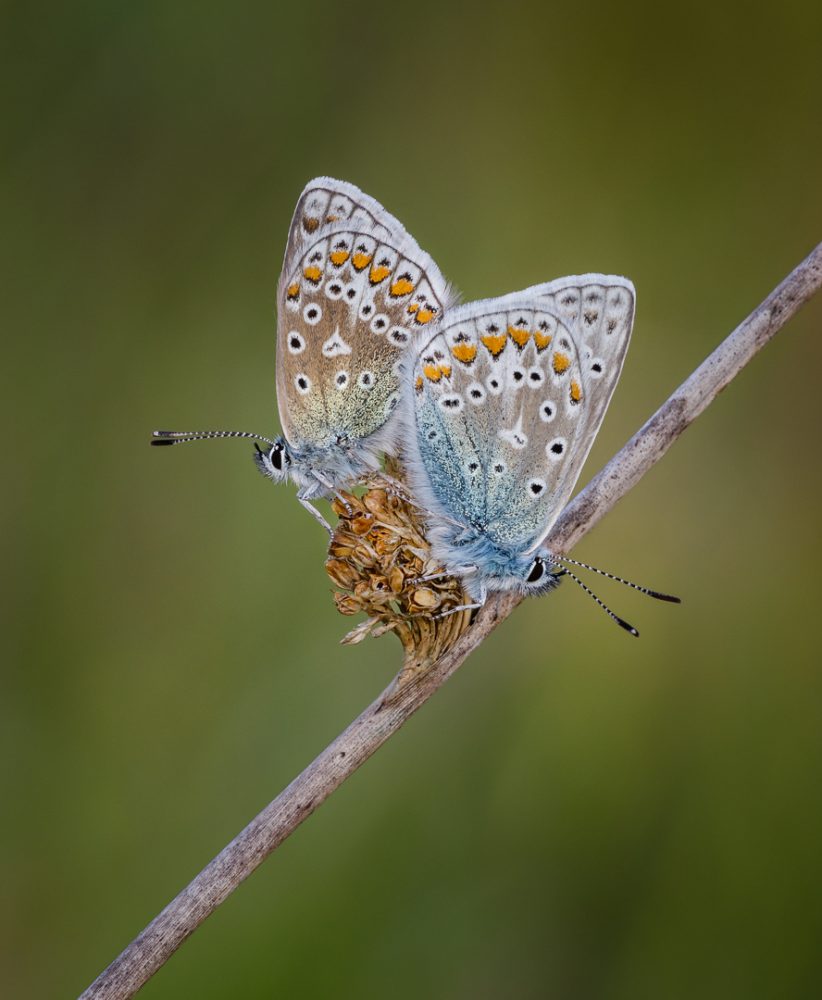Pollinators require more than one habitat during their lifecycle. Some species start life in a nest underground, while others may start life in water, or hatch as a single egg on a plant. Social species such as bumblebees will rear their young while the majority of pollinators source food for the young but leave them to fend for themselves.
Gardens with a range of features such as flower beds, wildflower areas, trailing plants, hedges, trees, vegetables, ponds, log piles and wild messy areas are more likely to provide for the needs of a greater number of pollinator species.
Nesting habitat comes in a variety of forms such as long tussocky grass and redundant small mammal burrows ideal for bumblebees, bare ground and short turf favoured by mining species of solitary bee or even hollow stems, deadwood and cavities in old walls for solitary bees that like to nest in cavities. Hoverflies can start life in all sorts of places including wet boggy ground and water filled pockets in trees.
Providing a variety of nesting habitat is essential to encouraging a diverse range of pollinators and can be a fun way to entice new species into a garden.
As adults most pollinators feed on pollen and nectar and this needs to be in ready supply from early spring right through to autumn to ensure species have the energy and resources to complete their life cycle and have lots of offspring.
Many pollinator species including butterflies, moths, hoverflies and sawflies (some are pollinators) feed on specific plants as larvae. Putting the right plants in the garden can draw in new species, helping to increase the garden species list!
Trees provide food for pollinators in their larval and adult stages. Native trees tend to blossom in sequence from spring providing food through till summer. A sequence example – Willow, Blackthorn, Hawthorn, Rowan, Apple, Cherry, Rose, Honeysuckle, Alder buckthorn and Clematis.
At the end of the summer pollinators go into hibernation. New bumblebee queens will seek out north facing banks and ditches while butterflies such as the Peacock (Aglais io) will seek refuge in a dry sheltered spot. Many pollinators will spend winter in a pre-adult form, either in the nest, or somewhere that provides cover and protection such as leaf litter, long tussocky grass or other habitat
Links to useful resources



